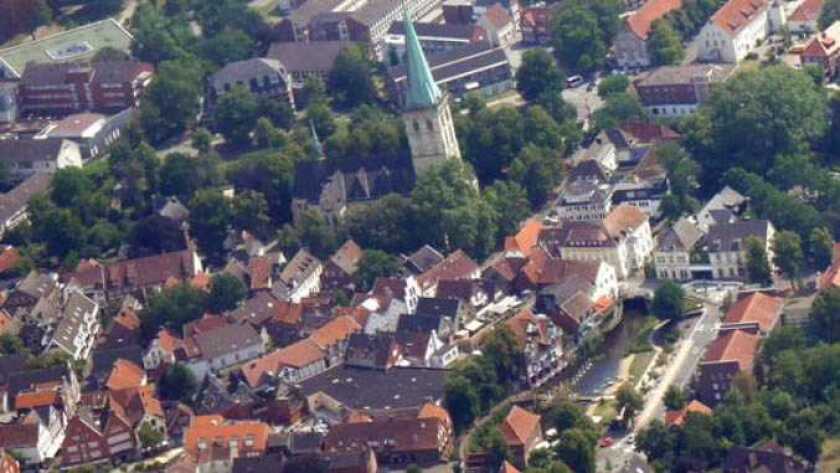The pilot will take place in the town of Lüdinghausen (pictured), some 25km south-west of Münster in North Rhine-Westphalia, where Deutsche Glasfaser already runs a FTTH network.
“I am looking forward to working together in this pilot project,” said Dirk Wössner, managing director of Telekom Deutschland, the local brand of Deutsche Telekom within Germany.
“Just like we give others access to our own networks, we are also interested in using the infrastructure of other companies that are investing in optical fibre.”
The two companies have signed a letter of intent, though without providing financial details about their agreement.
Under the deal Deutsche Telekom can use the fibre between the main fibre distribution frame and the customer’s building, thus offering its complete product portfolio.
These offers are also valid for households in Deutsche Glasfaser’s rollout area in Lüdinghausen that do not have an FTTH connection yet. Deutsche Glasfaser will retrofit these home connections accordingly. Deutsche Glasfaser has already connected 9,000 buildings with fibre in Lüdinghausen and its individual districts.
The announcement hints that the partnership will be expanded.
“Today’s agreement is an important step in accelerating the FTTH fibre-optic expansion,” said Uwe Nickl, CEO of Deutsche Glasfaser, which is majority owned by US investor KKR with a minority stake belonging to Netherlands investor Reggeborgh.
“Two of Germany’s most important fibre-optic providers are now collaborating for the benefit of end customers, who will now enjoy much broader offerings in the same infrastructure,” said Nickl. “We at Deutsche Glasfaser will enable nearly one million customer lines by the end of this year. Open networks are part of our standard, because they enable competition and selection for end customers without having to lay redundant fiber-optic networks.”
Wössner said: “We now plan to work closely with Deutsche Glasfaser specifically to harmonise the different worlds of technology and processes. Above all, we’re interested in gathering practical experience, to bring open access to life with clear, non-discriminatory standards.”






